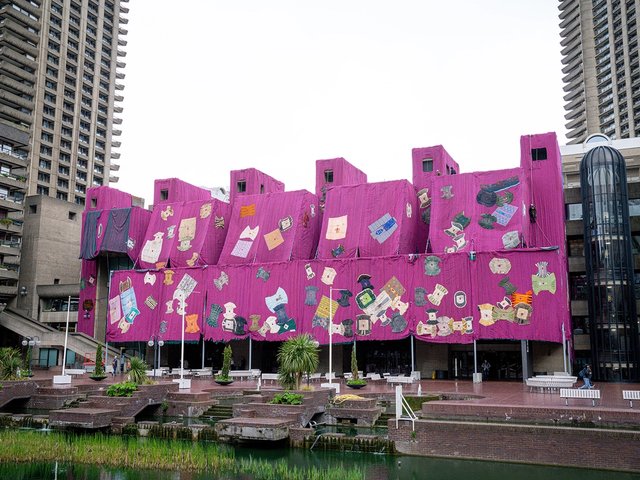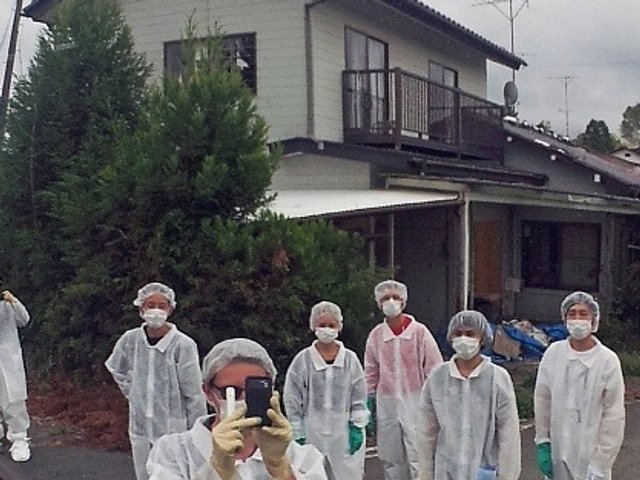Leading international and Japanese artists have installed a series of works in the deserted radioactive zone established in the wake of the Fukushima Daiichi nuclear power plant disaster early 2011. But the ongoing exhibition, titled Don’t Follow the Wind, may not be publicly accessible for decades because of health and safety fears after the nuclear fallout triggered by a catastrophic earthquake and tsunami in the northeast region.
Over the course of a year, artists including Taryn Simon, Kota Takeuchi and Trevor Paglen have worked with the former residents of Fukushima, creating site-specific works at three contaminated sites: a home, warehouse and farm.
Takeuchi, who has been based in Fukushima since 2012, has displayed a photograph, Timetravellers, of himself and a colleague at one of the sites; it shows the pair dressed in clothes belonging to the exiled inhabitants.
The participating atists Eva and Franco Mattes, who are represented by Carroll/Fletcher gallery in London, co-organised the show. “We all wore coverall suits, gloves and masks. They only protect you from radioactive dust though. Radiation goes through your body. You cannot see, smell, taste or hear it,” Eva Mattes says.
The other curators are the New York-based critic Jason Waite, and the independent Japanese curator Kenji Kubota. The Japanese art collective Chim Pom initiated the project.
Kubota says: “In general there is no clear timeline for access to the sites, perhaps three years, ten years or even decades: periods that can expand beyond our lifetime…. prompting us to consider our relationship with art, the environment and time itself.” Eva Mattes adds: “This is one of the challenges of this exhibition: how to represent something you cannot see?”
The Fukushima Exclusion zone pieces can, however, be accessed through “descriptions, impressions and data”, including the reactions of the former residents, at a “non-visitor centre" which launches at the Watari Museum of Contemporary Art in Tokyo on 19 September.



